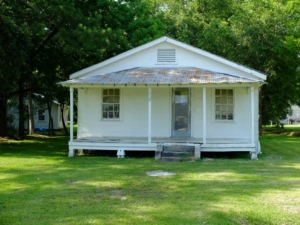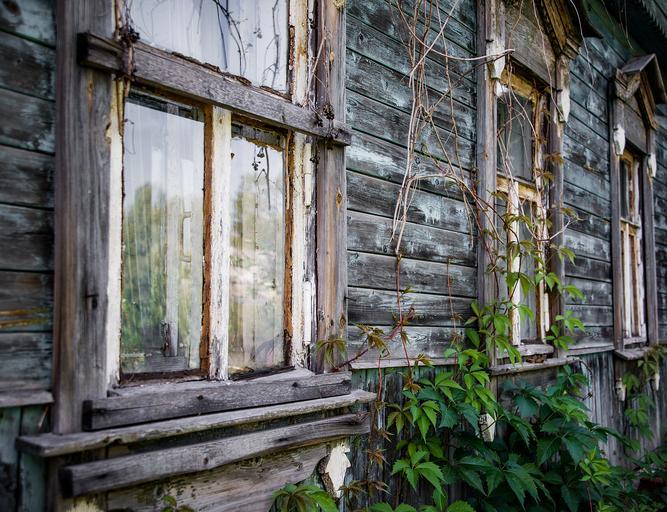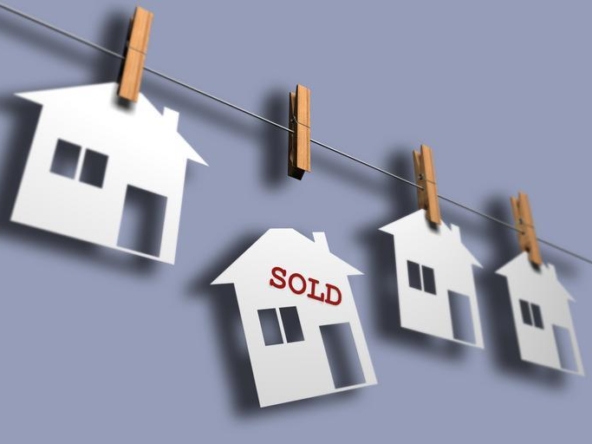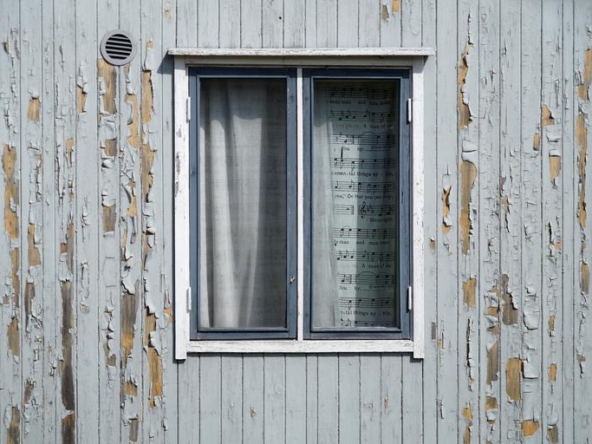Have you caught yourself gazing at your residence and pondering “How old is my house?” The age of your living spaces carries more than just historical significance—it impacts renovation decisions, influences the property’s value, and can satisfy a deeper curiosity about its origins.
Today, we’re going to shed light on that very question, “How old is my house?” and guide you through an understanding of your home’s historical context with succinct and professional guidance.
Exploring Public Archives
One of the key methods to unravel “How old is my house?” is by perusing public records. The local governmental offices, such as the county recorder or assessor’s office, keep comprehensive records of properties that typically include when they were constructed.

Architectural Cues
Your home’s design can provide substantial clues in determining the age of your house. Studying the architectural styles prevalent during different eras can point you toward a rough estimate of your house’s vintage.
Inspecting the Innards
To get closer to understanding “How old is my house?” examining components like hardware—think doorknobs, nails, and screws—may reveal its age, as their manufacturing methods and designs have evolved over the years.
Census Digging
Census records hold another layer of information pertinent to the question “How old is my house?” They may not only list a building date but can also provide a narrative through details about past inhabitants.
Time Stamped
In some cases, especially in houses predating the 1900s, a literal answer to “How old is my house?” may be etched onto the chimney or foundation in the form of a date stamp.
Tax Record Investigation
Yet another answer to “How old is my house?” can be discovered through property tax records, which tend to reflect a detailed history, including the construction date. These records can be sourced from your local tax office and offer pivotal information on your home’s timeline.
Step-by-Step Checklist for Age Discovery
Here’s a homeowner’s checklist to systematically determine “How old is my house?”:
- [ ] Public Archives: Get in touch with your County Recorder or Assessor’s Office for the deed and records.
- [ ] Architectural Insights: Research architectural periods or consult with an architect to match styles with eras.
- [ ] Map Reading: Visit libraries or historical societies to compare old maps with your property’s locale.
- [ ] Materials and Methods: Look at the materials used and construction methods to trace back to specific periods.
- [ ] Hardware Examination: Investigate older hardware styles and manufacturing techniques.
- [ ] Census Data Analysis: Research any census listings or previous resident information related to your home.
- [ ] Time Stamp: Examine your home for any date stamps on structural parts.
- [ ] Tax Records: Request tax records for insights into your home’s established date.
By progressing through each checkpoint, you can garner a clearer picture of “How old is my house?” and appreciate its narrative.
How Old is My House Wrap-up
Furthermore, knowing “How old is my house?” prepares homeowners for necessary updates or fixes, particularly relating to antiquated elements like electrical or plumbing systems. Awareness of your house’s age fosters careful planning and conservation, helping maintain its charm and integrity for future inhabitants, all while adhering to modern safety standards.






